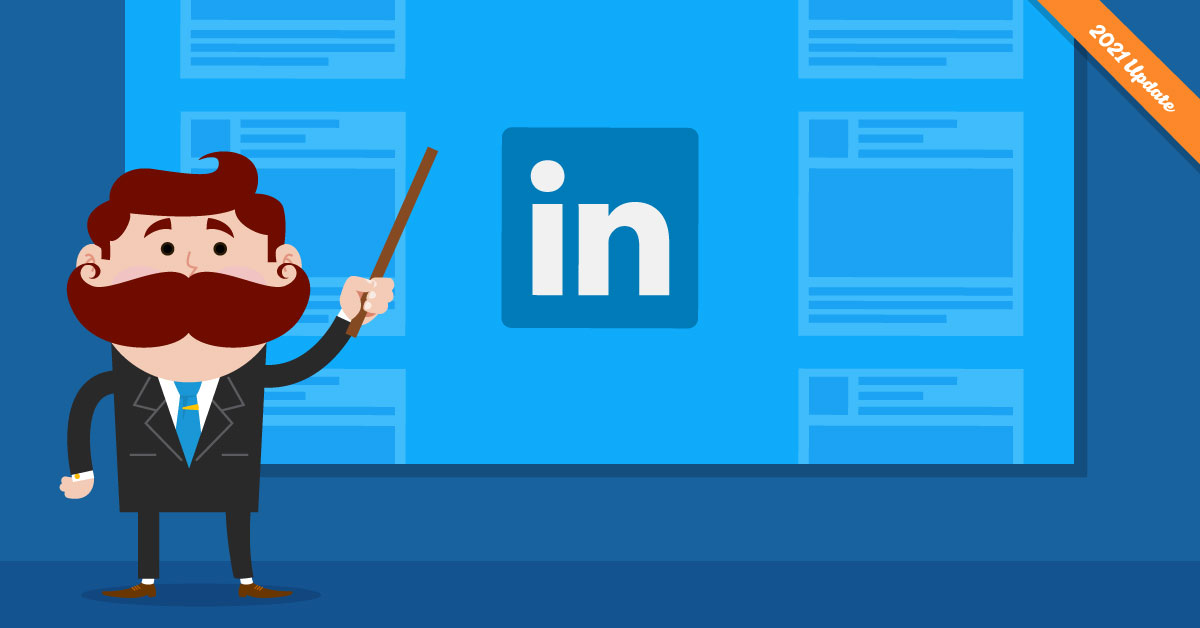79% of consumers trust an online review as much as they would a recommendation from a friend.
And 94% of shoppers state that just one bad review has convinced them not to buy from a company.
Reputation management is the practice of actively influencing what people think of your brand and what they see others saying about your company when they look online.
In this guide, we’ll discuss how to implement a brand reputation management strategy, use personal branding to develop a good reputation, and protect your company from developing a negative one.
Start with an aggressive reputation management strategy for personal and business growth
Reputation management is often viewed from the perspective of fighting or reducing the harm of negative content.
Though this is an important element, it’s more helpful to view business reputation management through the lens of building a positive reputation.
You can’t avoid negative reviews, opinions, and comments altogether. This is a part of doing online business. But you can overwhelm negative sentiment with positive content from others, creating a net positive effect.
A positive reputation also contributes to business goals (such as growth, leveraging social proof, and network development).
Achieving this growth starts with identifying and connecting with your audience of superfans.
Find your audience of superfans
Creating a brand that is appealing to everyone is improbable and a waste of time.
Focus on finding a network of diehard fans, and cater your content to their needs. This is the basis of an effective differentiation strategy.
This network isn’t mutually exclusive with building an audience of customers. Not every person that buys from you will be a superfan.
Rather, you’re building an audience of people who don’t just buy what you do, but why you do it, to paraphrase Simon Sinek.
Consider category leaders such as Apple and Salesforce.
These brands have a well-defined messaging strategy rooted in their company’s missions and prominent individuals that people relate to.
For Apple, Senior VP of Worldwide Marketing, Greg “Joz” Joswiak, connects with his audience by sharing content that reflects the brand’s Why (innovation, challenging the status quo, “Think Different”).
Salesforce holds as its guiding value “to make sure Salesforce is a platform for change,” delivering on initiatives such as renewable energy, carbon-neutral cloud computing, and green building certification.
CEO Mark Benioff’s online presence ties directly back to this vision.
These examples demonstrate that the most effective way to find and grow an audience is to build and leverage your personal brand.
Using SparkToro to discover existing audiences
SparkToro is an audience research platform that helps marketers find their prospective customers’ main sources of influence. It’s also used to discover existing captive audiences.
If we’re a B2B company selling into brick-and-mortar retail environments, and we’re looking to find an audience of retail executives, we’ll start with a simple Google search.
 Continue reading here
Continue reading here
![DigitalMarketer Elite Coach Highlight with Scott Cunningham [VIDEO]](https://jeffcassman.biz/wp-content/uploads/2021/11/YOUTUBETHUMB_ScottCunninghamInterview_1-1200x675.jpg)
![The Best Way to Connect With Your eCommerce Customers with Scott Cunningham [VIDEO]](https://jeffcassman.biz/wp-content/uploads/2021/11/YOUTUBETHUMB_Ecomconnect_1-1200x675.jpg)










 ‘ + data.settings.title + ” : ” }}} ]]>
‘ + data.settings.title + ” : ” }}} ]]>






![Guest Posting Best Practices for Serious Writers [2022]](https://jeffcassman.biz/wp-content/uploads/2021/11/guest-posting-best-practices-for-serious-writers-1200x605.jpg)
![Guest Posting Best Practices for Serious Writers [2022]](https://copyblogger.com/wp-content/uploads/2019/09/guest-posting-best-practices-for-serious-writers.jpg) ‘ + data.settings.title + ” : ” }}} ]]>
‘ + data.settings.title + ” : ” }}} ]]>


